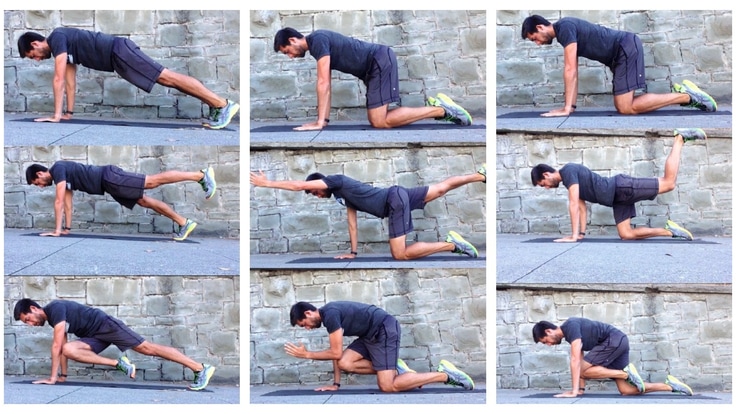7 Trends Daily
Stay updated with the latest insights and trends across various sectors.
Crunching Numbers: How Core Exercises Add Up to a Stronger You
Discover how core exercises transform your strength! Unlock fitness secrets that add up to a stronger, healthier you. Start your journey today!
The Science Behind Core Strength: Why It Matters for Overall Fitness
Core strength is often regarded as the foundation of physical fitness, providing stability and support for nearly every movement we make. The core encompasses not just the abdominal muscles, but also the muscles in the lower back, hips, and pelvis. Together, these muscles work to stabilize our spine and posture, allowing for enhanced balance and coordination. A strong core can lead to better performance in various physical activities, from running and cycling to sports and weightlifting, as it aids in transferring energy efficiently throughout the body.
Additionally, core strength plays a crucial role in injury prevention. Engaging the core during exercise helps to protect the spine and reduce the risk of lower back pain or injuries related to poor posture. A well-developed core supports proper movement patterns, allowing individuals to engage in daily activities with ease and reducing the likelihood of strain or overexertion. In summary, prioritizing core strength is essential not only for enhancing overall fitness but also for ensuring long-term physical health and well-being.

Top 5 Core Exercises You Can Do at Home for Maximum Results
Staying fit and strengthening your core doesn't have to mean hitting the gym. You can achieve **maximum results** right in the comfort of your own home with just a few simple exercises. Here are the Top 5 Core Exercises that require no equipment and are perfect for all fitness levels. These exercises target various core muscles, helping you build stability, improve posture, and enhance overall performance.
- Plank: This classic exercise engages multiple muscle groups and is essential for core strength. Maintain a straight line from head to heels for 30 seconds to a minute.
- Russian Twists: Sit on the floor, lean back slightly, and twist your torso side to side to work your obliques effectively.
- Bridge: Lie on your back with knees bent and lift your hips towards the ceiling. It targets your glutes and lower back.
- Leg Raises: Lie flat on your back and lift your legs to work your lower abs.
- Mountain Climbers: Get into a plank position and rapidly bring your knees toward your chest to increase heart rate while effectively strengthening your core.
Are You Training Your Core Effectively? Key Indicators to Watch For
When it comes to training your core effectively, there are several key indicators that can help you gauge your progress. First, pay attention to your posture during daily activities. If you notice an improvement in your alignment while sitting, standing, or moving, it’s a sign that your core strength is increasing. Additionally, monitor your balance. A more stable core contributes to better balance, which is essential not only for athletic performance but also for preventing injuries. Consider testing your stability with exercises like one-legged stands or stability ball workouts.
Another indicator of effective core training is your ability to perform complex movements that require strong core engagement. For instance, if you find that your plank duration is increasing or you can execute dynamic movements such as the deadlift or squat with greater ease, it reflects enhanced core stability and strength. Furthermore, assess your overall endurance during workouts. If you can maintain optimal form throughout your routine without excessive fatigue, it indicates that your core is well-conditioned. Keep these indicators in mind as you refine your training regimen!